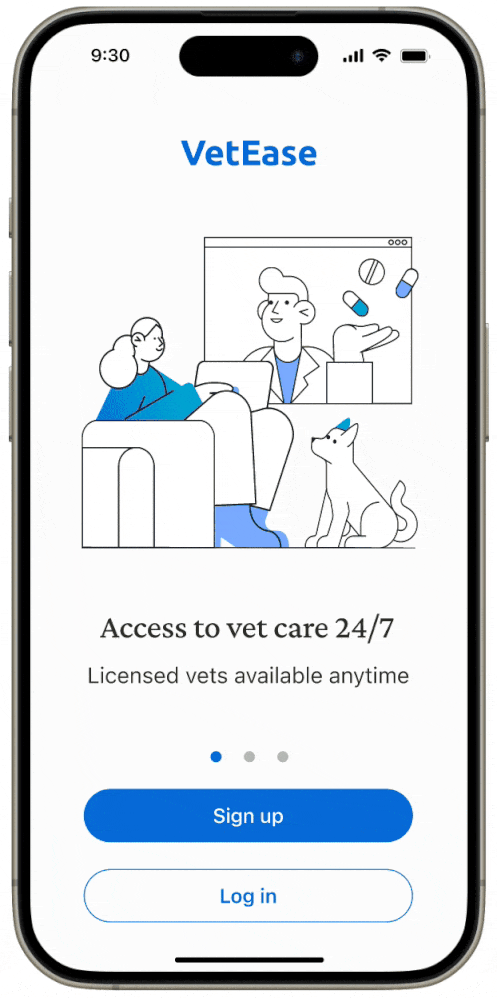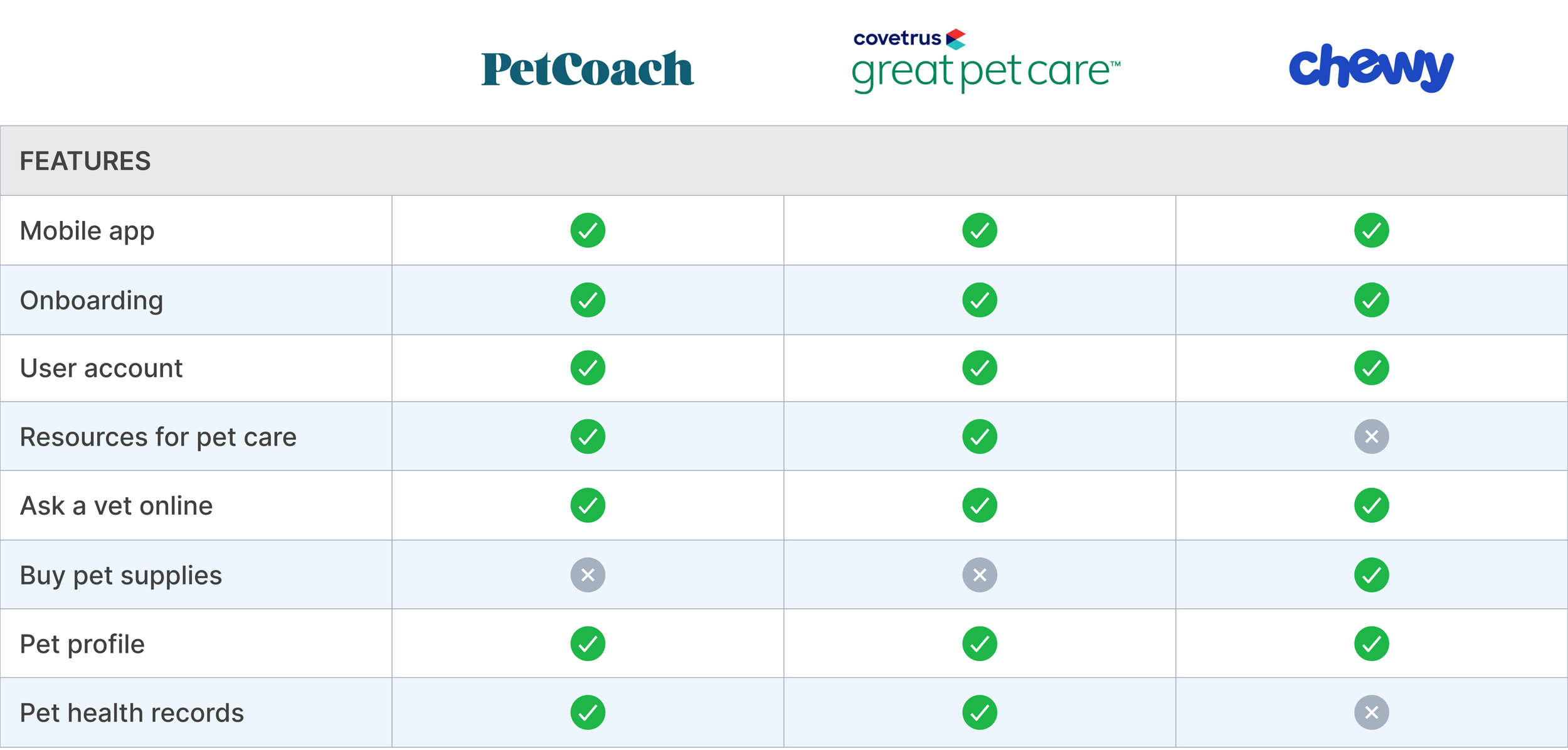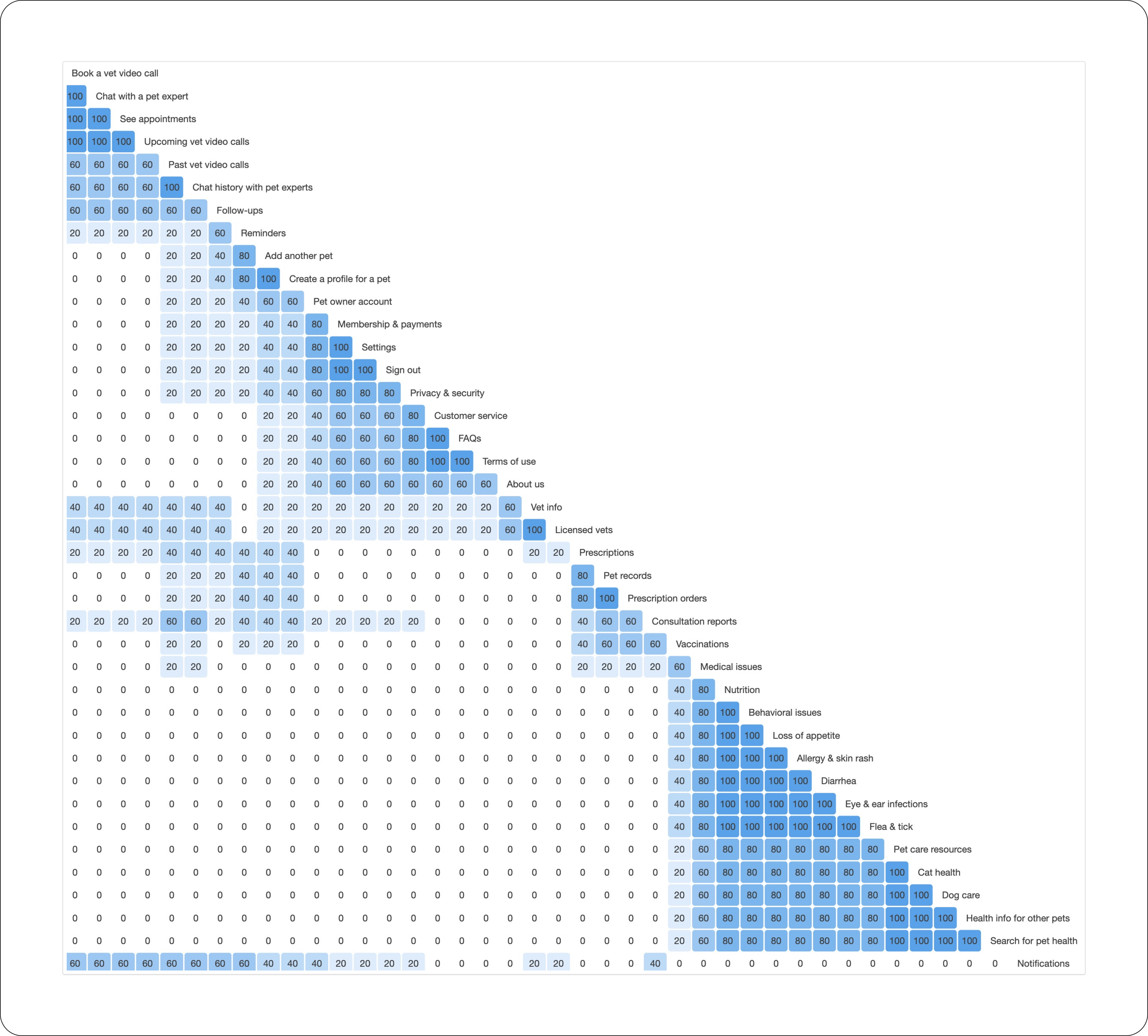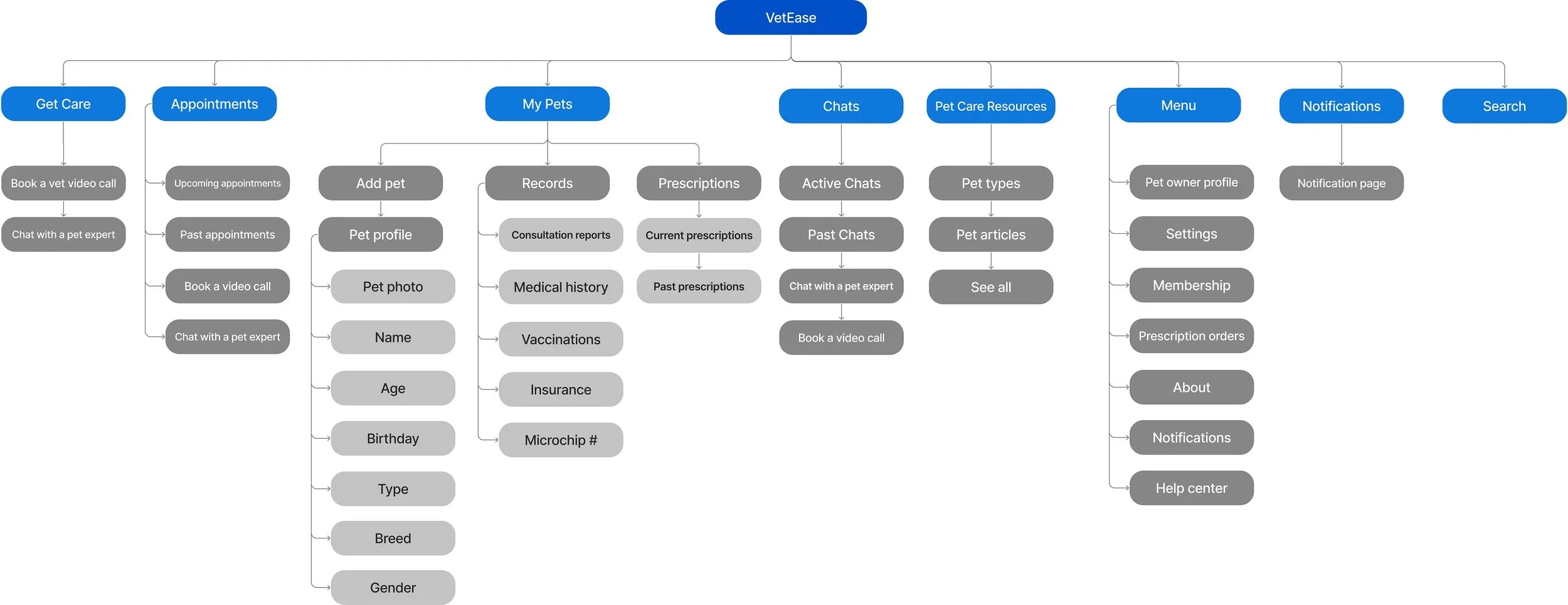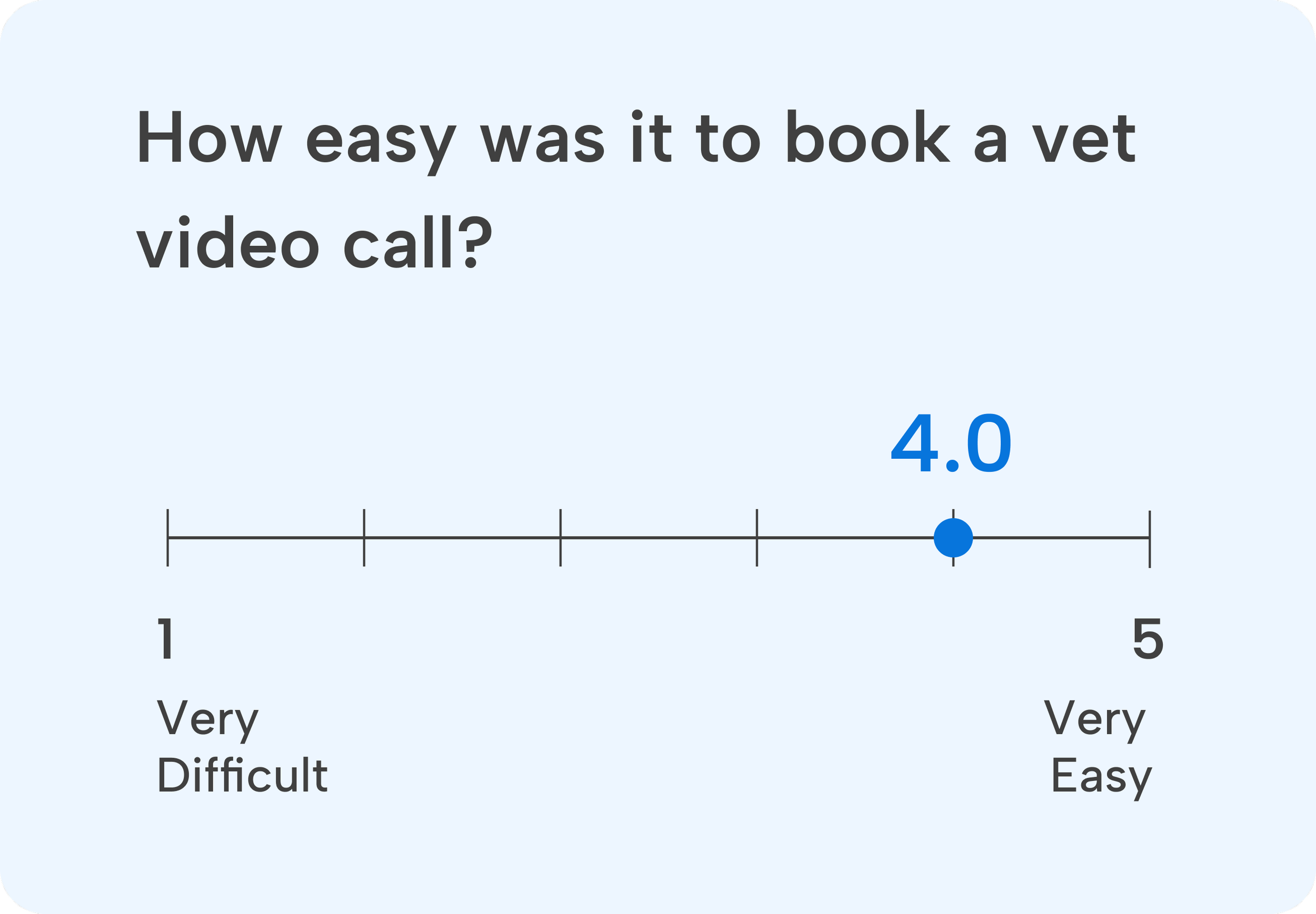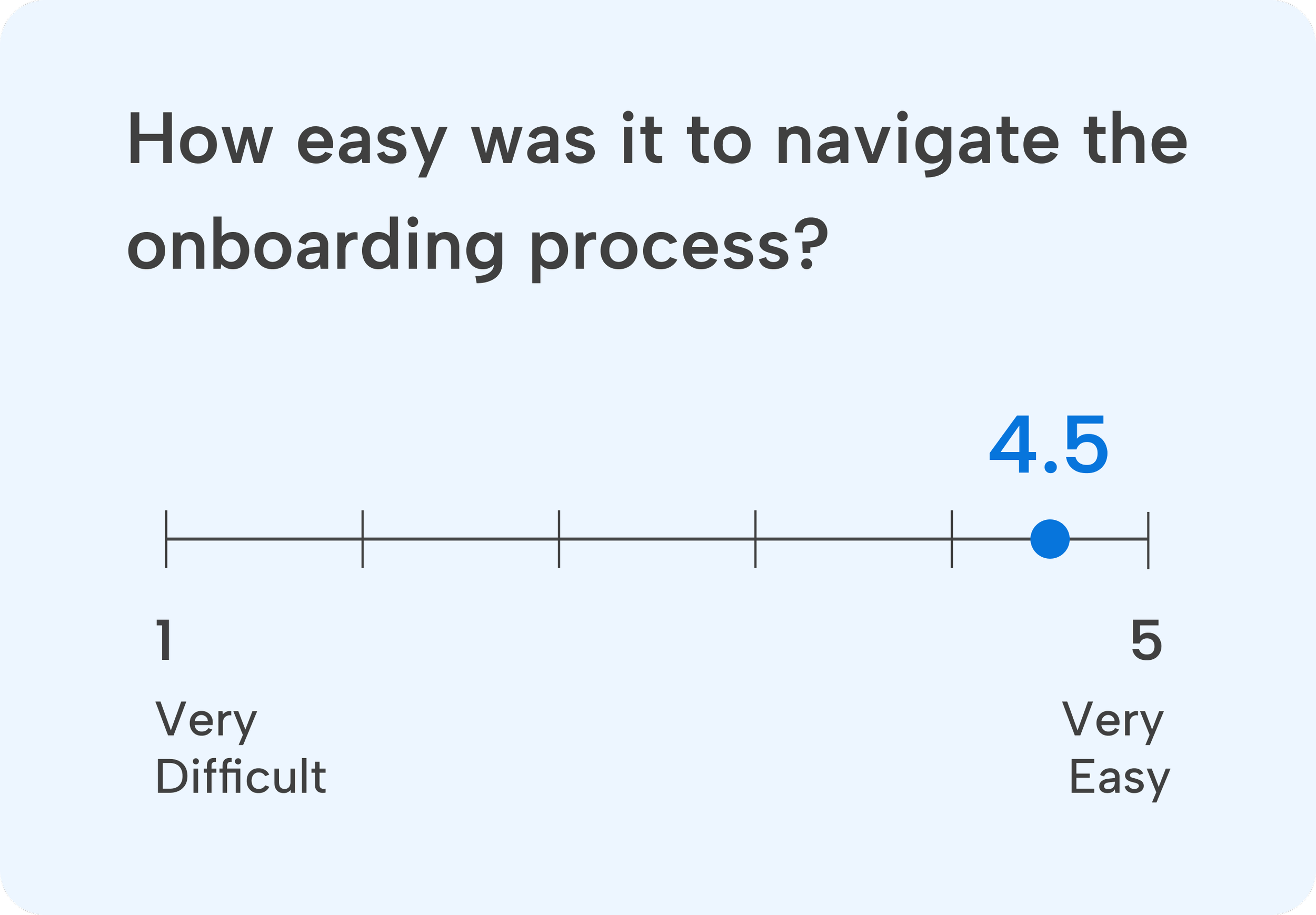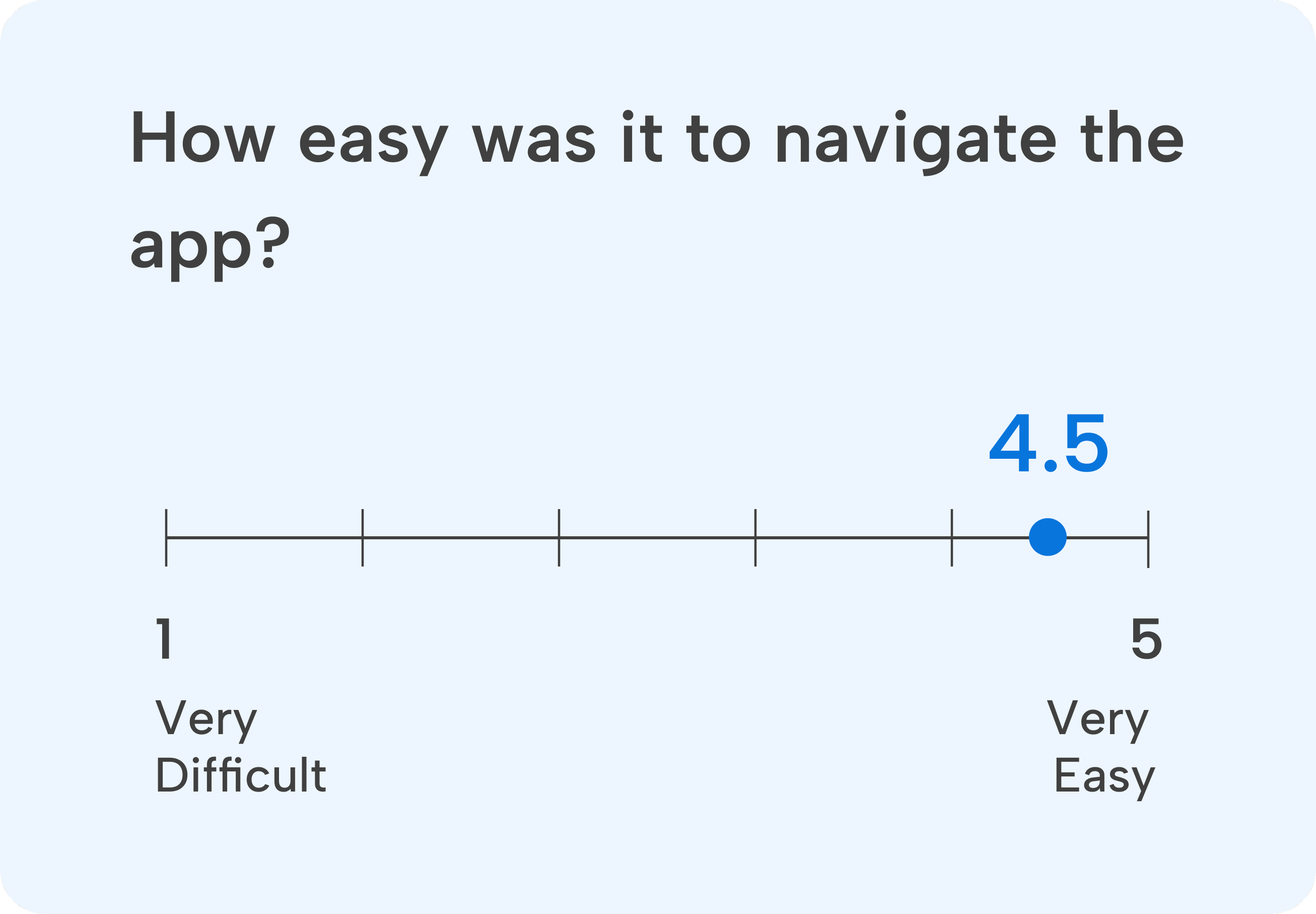This telehealth app addresses “veterinary deserts” by helping pet parents easily connect with licensed veterinarians online, offering expert advice and peace of mind anytime, anywhere.
My Role
UX/UI Designer
UX Researcher
Project Type
MVP
Mobile App
Tools
Figma
FigJam
Optimal Workshop
Timeline
6 Weeks
Skills
UX/UI Design, User Research & Interview, Ideation, IA, Branding, Wireframing, Prototyping, User Testing
Most Americans (62%) own a pet, and nearly all pet owners (97%) consider their pets part of the family (Source: Pew Research Center). While caring for a pet is incredibly rewarding, but it also takes ongoing effort. Pet parents are committed to ensuring their pets’ health and well-being.
Pets are family - prioritizing their health
Context
OVERVIEW
Problem
Pet parents are experiencing “veterinary deserts”
Many areas in the US are considered "veterinary deserts," defined by poor accessibility, affordability, and provider availability (Source: American Veterinary Medical Association). As a result, pet parents often face challenges in accessing timely help from veterinary professionals.
Solution
Accessible 24/7 online veterinary help
VetEase is a telehealth app that provides pet parents with 24/7 easy and quick access to licensed veterinarians via video call or chat. It offers immediate professional advice and an affordable per-appointment payment option.
or scroll down to view the full case study
RESEARCH
To better understand the pet care market, I conducted a competitive analysis of both direct and indirect competitors. This informed strategic decisions and revealed key feature gaps. A key insight was that companies in this space prioritize online veterinary services.
What type of service do pet care companies prioritize?
Competitive Analysis
User Interviews
I interviewed five pet parents, aged 20s to 60s, to better understand the challenges they face in caring for their pets. These insights guided the development of a solution tailored to their needs.
Understanding pet parents
Key takeaways:
DEFINE
Persona
Addressing pet parents’ needs and pain points
I created a persona for our target audience: Emily, a busy professional who struggles to find after-hours veterinary appointments. She faces limited accessibility and provider availability. As a result, she seeks quick and convenient access to online veterinary appointments.
I sketched this storyboard to illustrate our persona’s primary pain point — difficulty accessing veterinary help due to limited provider availability, and how my proposed solution addresses it.
Visualizing the primary pain point and solution
Storyboard
Brainstorming Solution
With our persona in mind, I sought solutions to alleviate their pain points and tackle challenges faced by pet parents in the next stage.
How might we help pet parents?
How might we streamline the connection between pet parents and veterinarians to provide prompt and professional advice, meeting the specific needs of pet parents and offering personalized guidance?
IDEATE
Information Architecture
Developing the site map using card sorting
I used open card sorting with 5 participants and 40 labeled cards to explore how users organize information and think about content. The results revealed four key clusters: Appointments, Get Pet Care, Pet Resources, and Pet Profile, informing the app’s information architecture.
Open Card Sorting - Similarity Matrix
Site Map
Shaping the site map using card sorting insights
I streamlined the experience for pet parents by organizing content into clear, user-friendly categories and implementing intuitive navigation that guides users effortlessly to the information they need.
Task Flows
Mapping the MPV flow: booking a vet video call
I illustrated the detailed action sequences needed to complete individual tasks for the MVP of booking a vet video call with payment, for both members and non-members, with a focus on making the process seamless and easy to follow.
Task flow 1: book a vet video call as a non-member
Task flow 2: book a vet video call as a member
BRANDING
My goal was to give the pet healthcare app a professional yet calming look that embodies modern aesthetics while reflecting the five core brand values.
A modern design that embodies the brand values
Moodboard
Logo Explorations
Identity of the pet telehealth company
I selected calming shades of blue, associated with healthcare, as the primary color. After experimenting with various designs, Design 1 became the app logo, while Design 2 represented the company's core services, symbolizing video calls and chats.
The style guide streamlines VetEase's visual identity across platforms, ensuring consistency in reflecting brand values and fostering user engagement. Having the style tile as a reference helped me align the design with brand objectives.
Creating a cohesive visual identity
Style Guide
DESIGN
Design Solutions
A seamless experience for pet parents to get help
The app’s interface evolved from hand-drawn sketches to mid-fidelity wireframes, designed to guide pet parents through a seamless journey — from smooth onboarding to easily booking a video call with a vet.
Guided by the style guide, I transitioned the wireframes from mid-fi to high-fi by refining visual hierarchy, UI components, and applying consistent styles. I designed intuitive screen flows with interactions aligned to user expectations for a smooth experience.
Elevate visuals and enhance design
High-fi Wireframes
Seamless onboarding that introduces the app and makes signing in simple
Easily book video call appointments and complete payment in just a few steps
Pet profiles designed to help pet parents easily manage their pets’ information
The UI kit encompasses a color style set, icons, typeface, and components was created to simplify the development process while ensuring a consistent user experience across different platforms.
A comprehensive kit for consistent design
UI Kit
TEST & ITERATE
User Testing
I moderated user testing sessions with five participants, both remotely and in person. This process was essential for evaluating my design by observing real user interactions and uncovering usability issues or areas for improvement.
User testing tasks:
Evaluate how easy it is to complete the onboarding task.
Access the ease of booking a vet video call task.
Review the navigation and the overall design.
Observe, assess, and improve
Success Metrics
What went well?
Areas for Improvement
In response to user feedback and testing results, I implemented key revisions, aimed at optimizing features for enhanced effectiveness and user satisfaction.
Priority revisions
1. Making it easier for pet parents to find help
2. More options for describing and displaying symptoms
REFLECTION
The pet care resources feature can be further developed to provide expert-authored articles categorized by pet type, addressing pet parents' needs for reliable pet health information.
Next Step
Listening carefully to pet parents is crucial for understanding and addressing their needs and preferences. By empathizing with pet parents during user interviews and usability testing, I identified areas for improvement and create a more intuitive user experience, leading to higher satisfaction.
Prioritizing the needs of pet parents at every stage is important, and continuous iteration is key to enhancing our product. There's always room for improvement to refine the user experience.
Lessons Learned





